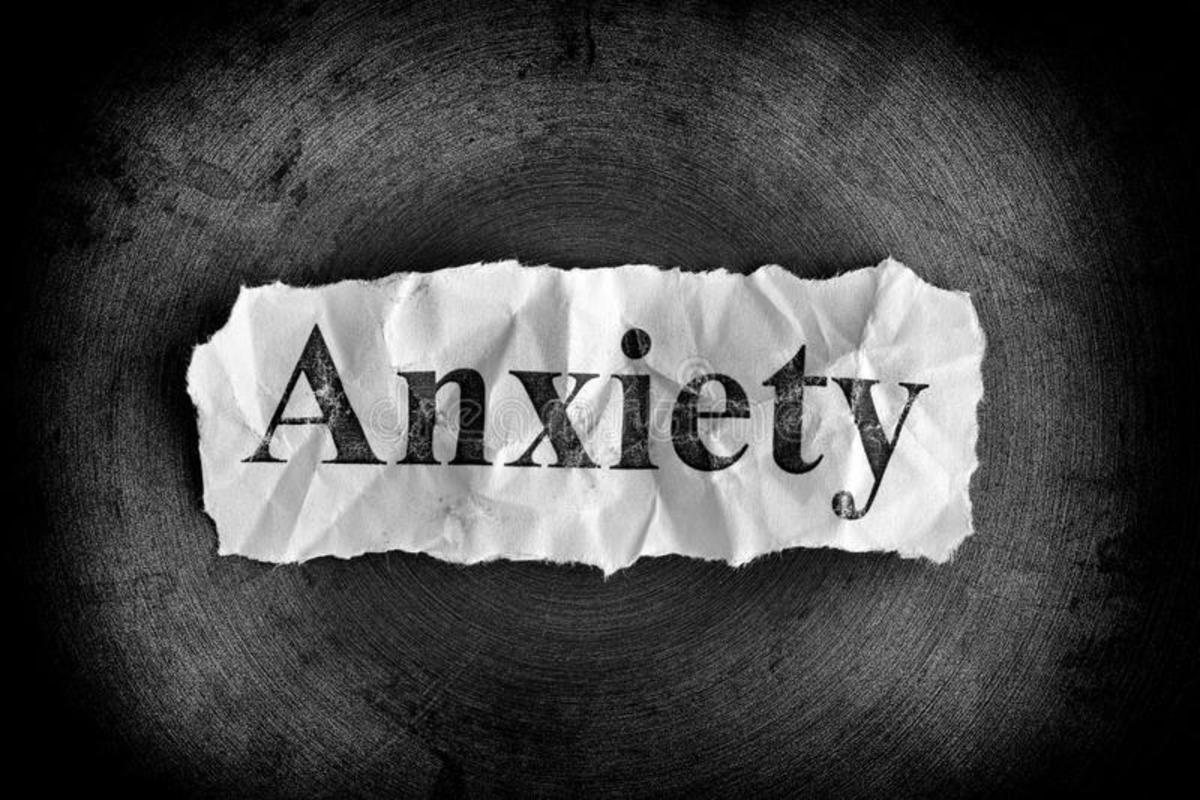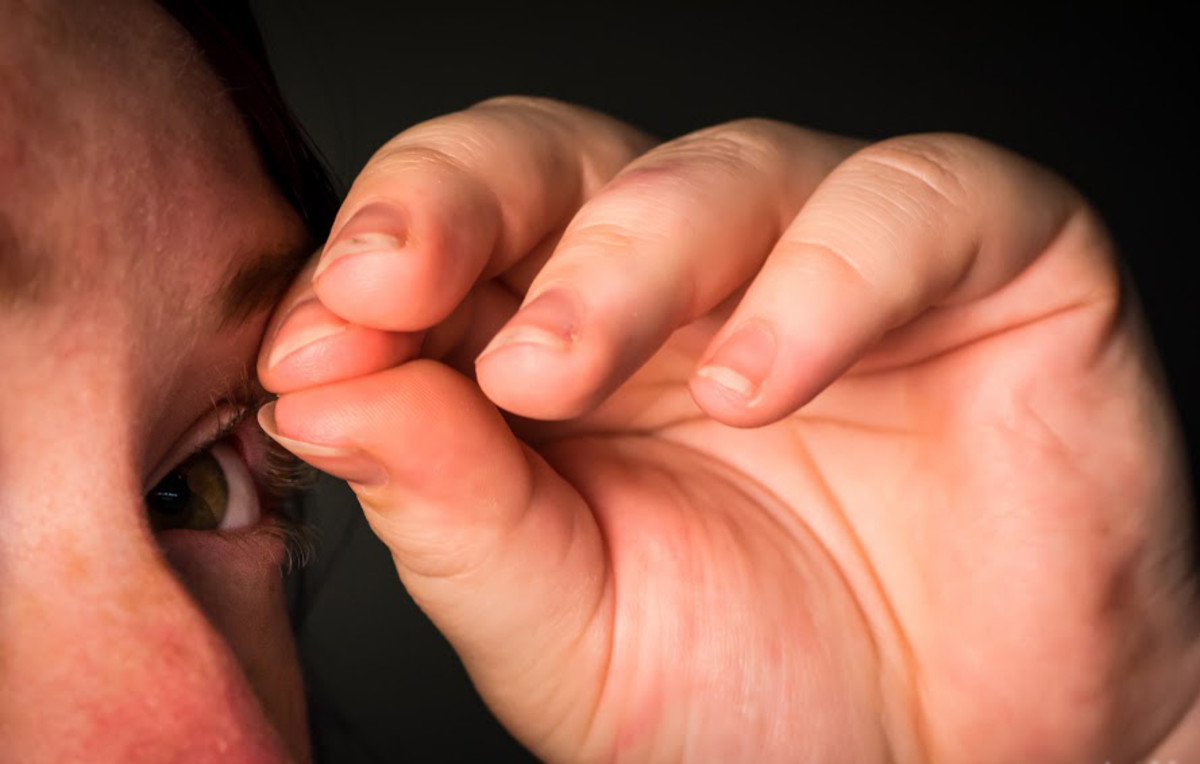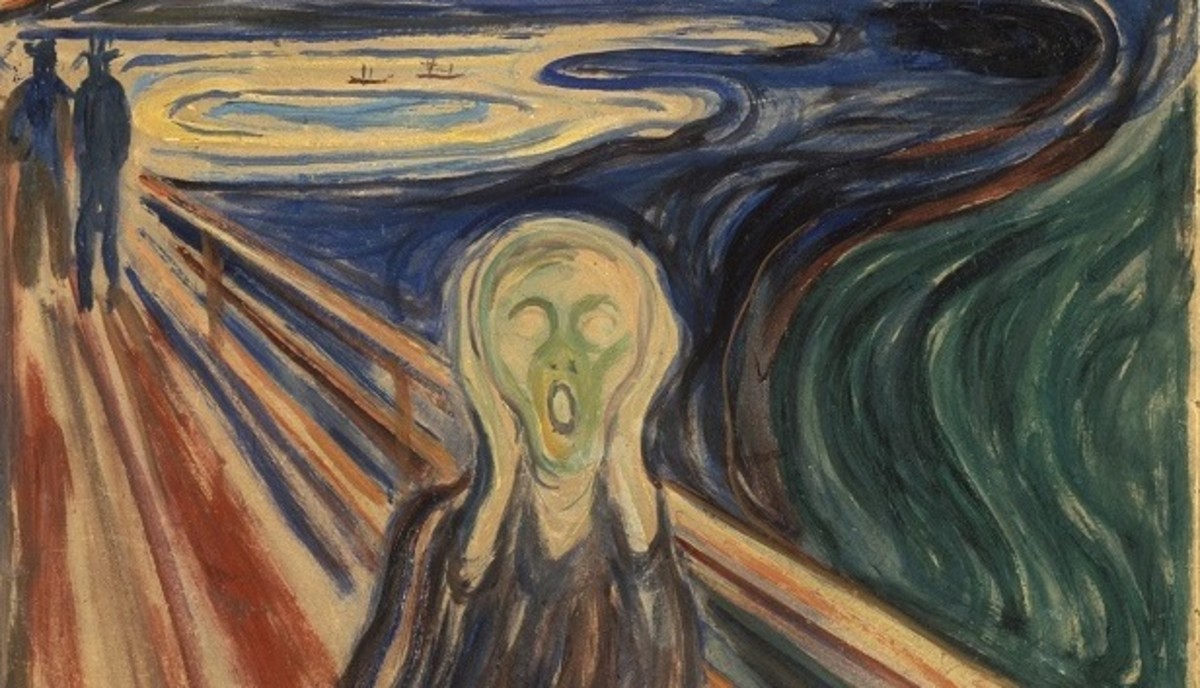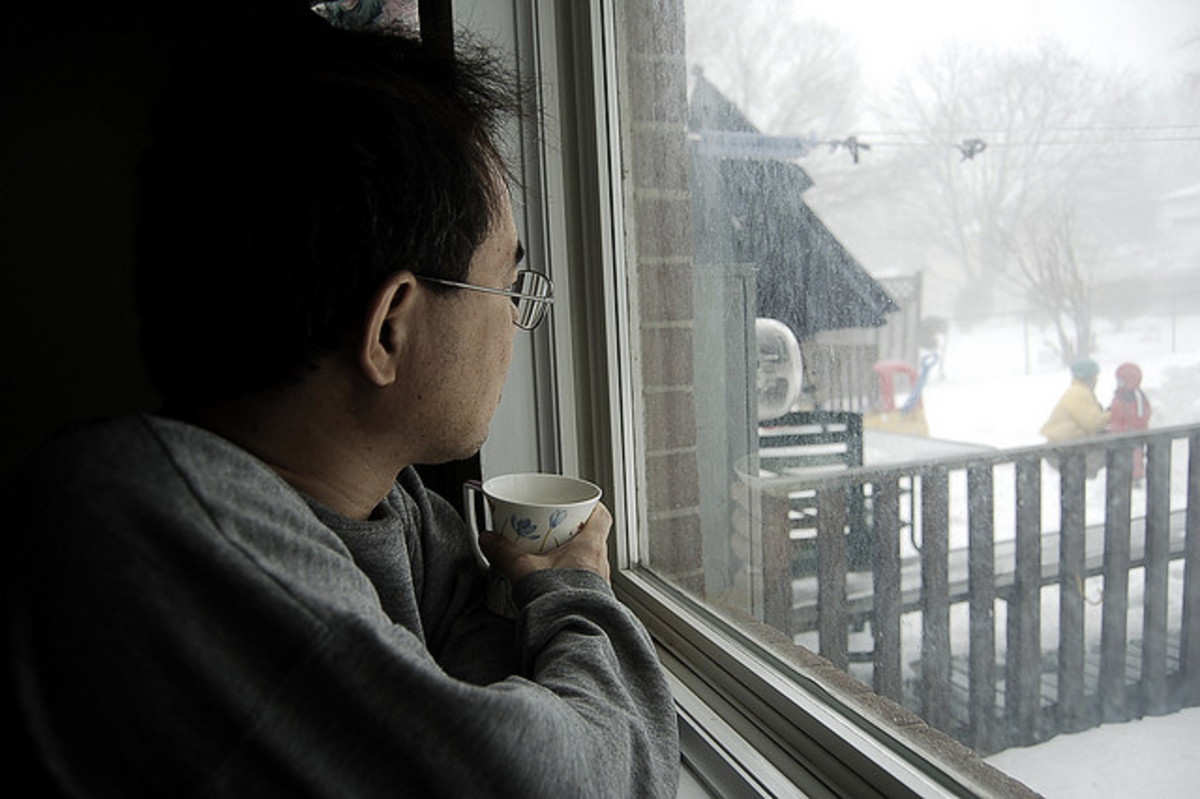Understanding Anxiety- What You Need to Know About It

An Overview of Anxiety
The person with strong emotional aspect is of course one who is not being overwhelmed by anxieties. But what if the person cannot easily cope with worries of life? What if he/she is not that emotionally fit to respond in his/her anxieties with constructive reactions? Then, this is a thing that the article would like to talk about. It focuses on what’s beyond normal in what people refer as anxiety.
What is anxiety?
Anxiety is actually a subjective experience or any fear, worry or pressure that the person feels. Healthcare professionals or even ordinary persons can sense that a person is experiencing anxiety through their objective behaviors (physical manifestations).
A person with anxiety usually feels a dread or apprehension that is unknown or unrecognized. He/she may sense an impending danger that disrupts his/her outlook for the future. Hence, he/she is totally focused on the present and cannot master future events.
Cause
Anxiety will start if the patient himself is in a circumstance that is affecting his present life. The patient may be unaware that there are conflicts in his present situation. For example, a brilliant university student who is constantly apprehensive that his grades should not fall below the As may have experienced anxiety reaction because he doesn’t want to disappoint his parents who highly expects from him.
Symptoms
The main symptom of anxiety is intense mental discomfort wherein the patient is losing control of his future. The patient may also show a panic behavior like guarding and pacing whenever he fearfully anticipates that danger is coming. While anxiety symptoms are primarily mental and emotional, it can also present some observable symptoms like tensed muscles, sweaty palms, upset stomach, and shortness of breath, fatigue and heart palpitations.
Disorders where anxiety presents as main disturbance
In line with the recent researches, anxiety is not at all a disorder but a symptom in many disorders, including medical. In Psychiatry, there are some conditions in which anxiety plays a main feature.
1. Phobia- persistent fear of something characterized by anxiety. Anxiety increases when a specific situation or object is being given to the patient. As a result, the patient just avoids his specific phobia. There are a lot of phobias that each person might be scared of but some of the common phobias are related to spaces, heights, and animals.
2. Panic disorder- It is characterized by intermittent, unexpected attacks.
3. Generalized anxiety disorder- A more chronic form than panic disorder. Mental health experts believe that once a patient keeps on worrying excessively for at least six months, then generalized anxiety disorder may become the diagnosis.
4. Obsessive-compulsive disorder- This means the patient likes to live in a ‘perfectionist’ way. There are also forms of this disorder but the important thing is, patients have high levels of anxiety whenever their high expectations or standards to some specific situation or object was not met. For example, a patient who usually sanitizes and covers the door knob with a tissue upon opening maybe suspicious and anxious that there are millions of germs that could contaminate his hand if he opens it with his bare hand.
Levels of anxiety and Management
No one is exempted to experience anxiety so it is important to know the levels of anxiety before knowing when is the right time to intervene or not.
Mild level- This level is what a normal person experiences. It becomes an asset as it stimulates the brain and body to perform tasks effectively and efficiently. No intervening is required for this level.
Moderate level- The patient is a little-bit confused so the caregiver should speak in short, simple sentences when providing immediate care.
Severe level- the patient has a higher level of anxiety, trembling and physical symptoms are evident. Stay with patient, try also to relax and talk in a calm, gentle manner. Appropriate relaxation training can be taught at this point.
Panic level: The patient is in the complete state of mental confusion and narrowed perception. Two or more physical symptoms of anxiety are evident. Do and talk nothing except to remain with patient until the panic recedes.
Treatment
A lot of health magazines, journals and online platforms are now on the same track of suggestions on how to treat anxiety. These are drugs, psychotherapy, behavior modification, and relaxation training.
1. Drugs- The name of the drugs are anxiolytics and there are a lot of drugs used under this classification. One of the most common drug used is Diazepam which helps in the management of anxiety disorders or by providing short-term relief of anxiety. It can also calm tensed muscles.
2. Behavior Modification- In terms of anxiety disorders, there are specific techniques of which the patient’s behavior can be modified. For example, for phobic patients, there is a technique called systematic desensitization in which the patient is exposed to his fear through a gradual process until he overcomes it. If he has a phobia on spiders, the first exposure is to let the patient look at a picture of spider. The spider exposure steps up to reality every time the patient overcomes it. Other approaches to behavior modification include positive and negative reinforcement, reward and punishment.
3. Psychotherapy- A treatment in which the focus is to use psychological methods rather than biological. There are a lot of therapies used but only psychologists and psychiatrists know what is best to use to treat anxiety.
4. Relaxation training- Deep-guided imagery and Deep-breathing exercises are some of the trainings that can relax the muscles and lessen heart pounding while on anxiety attack. Deep-guided imagery is visualizing a nature such as the beach or mountains to relax the mind. Deep-breathing exercises are all about inhaling deeply through the nose and exhaling it through the mouth in a slow manner. Other relaxation training that helps treat anxiety is physical exercise. Some best exercise options are running. Swimming, bicycling, brisk walking, aerobics etc.
Note that the treatments can be combined or only one of the following maybe used.
© 2019 Silver








